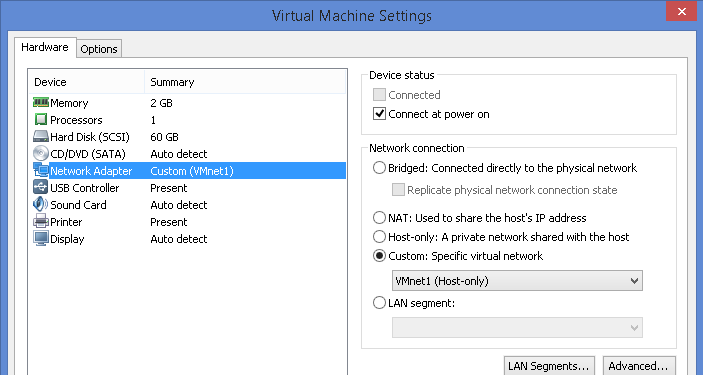

The configuration in this document is supported for ASA version 7.x and later. The configuration allows a user to telnet securely to a router located on the inside of the ASA. This document demonstrates a simple configuration for the Thin-Client SSL VPN on the Adaptive Security Appliance (ASA). Refer to SSL VPN Client (SVC) on ASA with ASDM Configuration Example in order to learn more about the SSL VPN Client. You can download permanently the SSL VPN Client (SVC) to a remote workstation, or you can remove the client once the secure session is closed. SSL VPN Client (Tunnel Mode)-Downloads a small client to the remote workstation and allows full secure access to resources on an internal corporate network. Note: User Datagram Protocol (UDP) is not supported. This method of SSL VPN does not work with applications that use dynamic port assignments, such as some file transfer protocol (FTP) applications. Because files on the local machine change, users must have local administrative privileges to use this method. Post Office Protocol (POP3), Simple Mail Transfer Protocol (SMTP), Internet Message Access Protocol (IMAP), secure shell (ssh), and Telnet are examples of secure access. Thin-Client SSL VPN (Port Forwarding)-Provides a remote client that downloads a small Java-based applet and allows secure access for Transmission Control Protocol (TCP) applications that use static port numbers. Refer to Clientless SSL VPN (WebVPN) on ASA Configuration Example in order to learn more about the Clientless SSL VPN. Outlook Web Access (OWA) is an example of HTTP access. In addition, clientless SSL VPN provides access for Windows file browsing through the Common Internet File System (CIFS) protocol. That is, you can configure access on a user by user basis or you can create Group Policies in which you add one or more users.Ĭlientless SSL VPN (WebVPN)-Provides a remote client that requires an SSL-enabled Web browser to access HTTP or HTTPS Web servers on a corporate local-area network (LAN).

You can use the Thin-Client SSL VPN as a user-driven application, policy-driven application, or both. Thin-Client SSL VPN technology allows secure access for some applications that have static ports, such as Telnet(23), SSH(22), POP3(110), IMAP4(143) and SMTP(25).


 0 kommentar(er)
0 kommentar(er)
